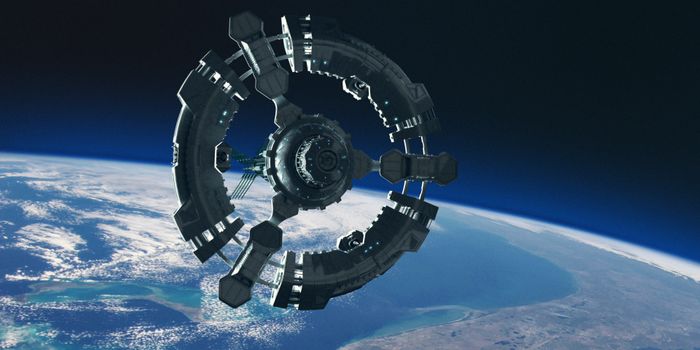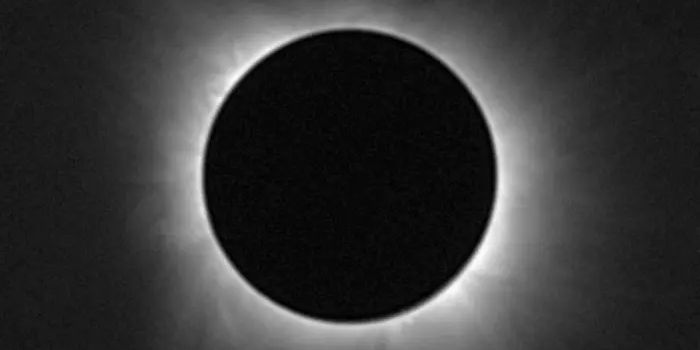Carbon Foam Spacecraft Could Travel 4.37 Light Years in 185 Years
A new study has found that carbon-foam spacecraft could fly between Earth and Alpha Centauri, the closest planetary system to ours, some 4.37 light-years away- in just 185 years. By comparison, it would take NASA's Voyager 1 spacecraft launched in 1977 around 75, 000 years to reach the solar system.
Currently, rockets are chiefly propelled by chemical reactions. This adds a lot of weight to the spacecraft, making them slower. To solve this issue, previous research has suggested a process called 'light sailing', essentially using sunlight for propulsion.
And already, an initiative using the process was announced in 2016. Called Breakthrough Starshot Initiative, it aims to launch several micro-chip size spacecraft to alpha Centauri- each armed with reflective sails that will propel the chips to up to 20% of the speed of light, ultimately reaching the solar system in around 20 years.
Although it sounds promising, the technology needed to accomplish this feat of space flight currently does not exist, and the project is estimated to cost between $5 and $10 billion. The technology would also require the most powerful laser array ever built to propel them forwards.
In the new study, astrophysicists suggest a cheaper option involving bubbles made out of carbon foam. Powered by sunlight, probes made from the material would be much faster than any rocket- and would not require a giant laser array.
After researching lightweight, strong materials, the researchers eventually came across aerographite, a carbon-based foam 15,000 times lighter than aluminum. They calculated that a one meter-diameter sphere of the material of a micron thick (around 1/100th the width of a human hair) would be able to carry a gram of weight at 114,000mph- three times the speed of Voyager 1.
However, if they would release the sphere nearer to the sun at 0.04 astronomical units (one astronomical unit is the average Earth-sun distance of around 93 million miles), it could travel at nearly 15.4 million mph. This would make it able to reach Proxima Centauri, the closest star to our solar system, in just 185 years.
"What I find amazing about our results is the fact that the power output of a star, in our case the sun, can be used to propel an interstellar probe to the nearest stars without the need of an additional onboard power source," stays René Heller, lead author of the study.
"We don't need a billion-dollar ground-based laser array to shoot at a sail in space. Instead, we can use green energy, so to say."
Although promising, the researchers note that no one has ever built an aerographite structure larger than a few centimeters, while any spacecraft built for such a mission would need to be a few meters in size. Another issue is that there is currently no way to control the trajectory of the spheres once deployed.
As such, the scientists are now running experiments to test how well the material can both absorb and reflect light.









